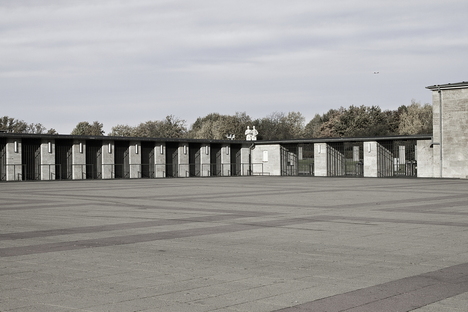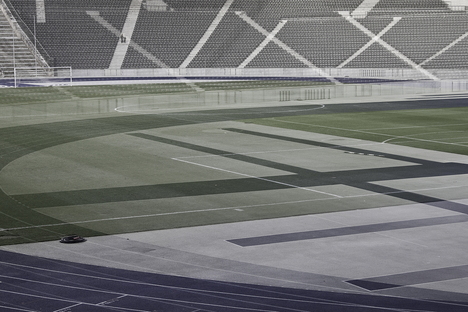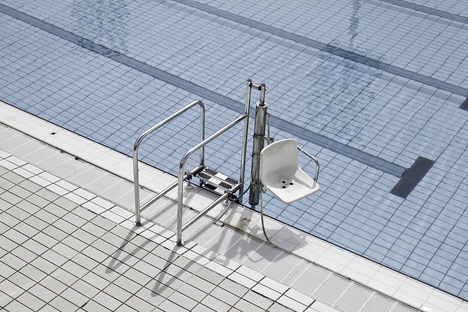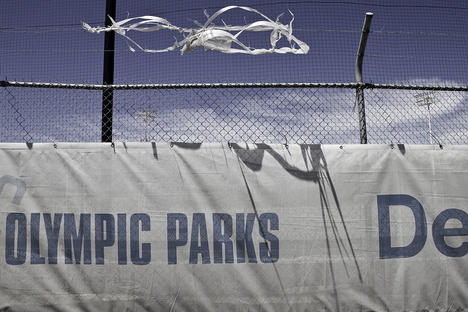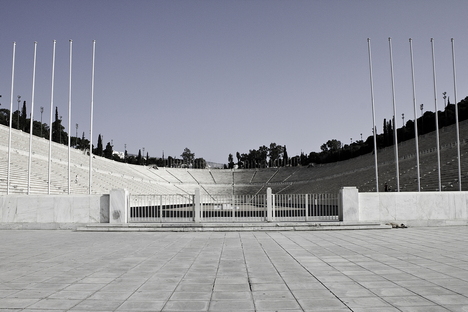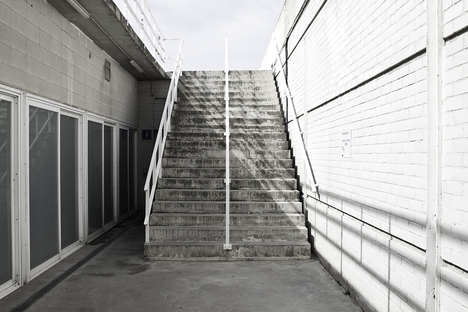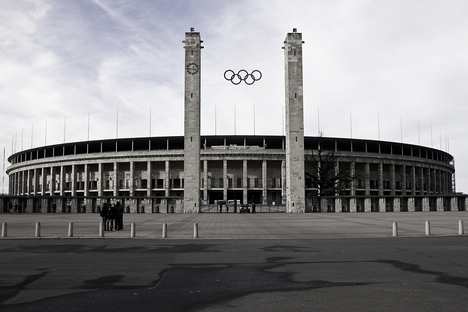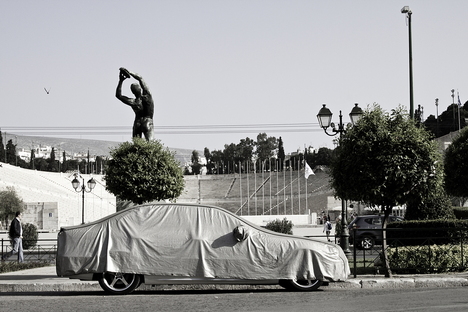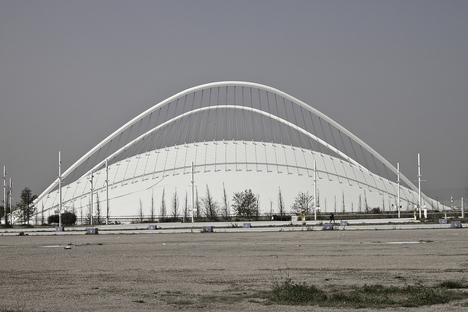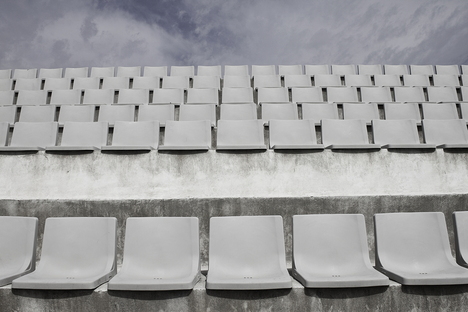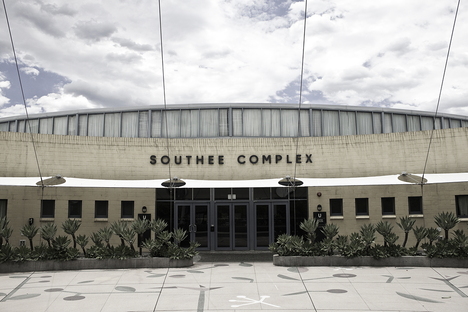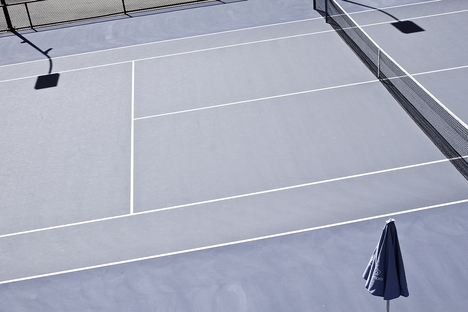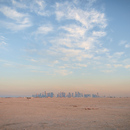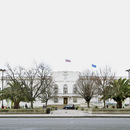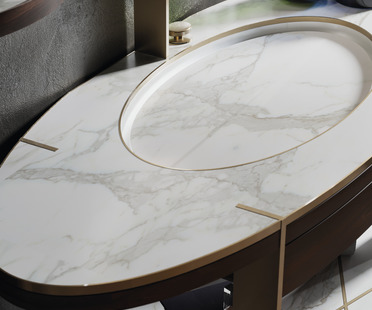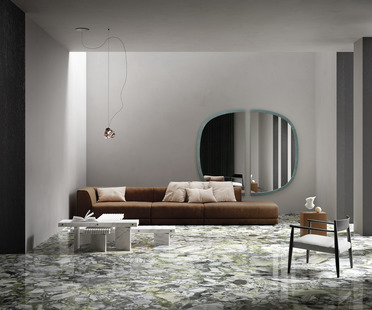14-10-2016
Olympic Parks
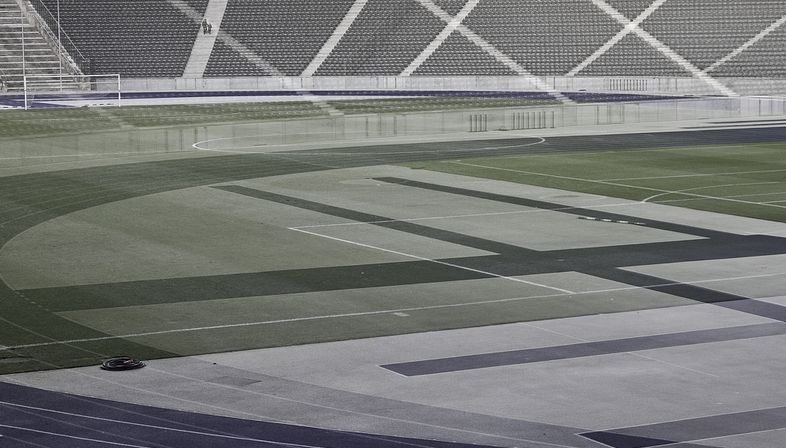 In her Olympic Parks project, photographer Anna Pizzoccaro reports on the current condition of a number of Olympic parks, underlining the state of abandonment and emptiness that pervades these enormous complexes designed and built for major Olympic events.
In her Olympic Parks project, photographer Anna Pizzoccaro reports on the current condition of a number of Olympic parks, underlining the state of abandonment and emptiness that pervades these enormous complexes designed and built for major Olympic events.The big Olympic parks designed and built for the Olympic Games incorporate a multitude of structures for hosting athletic events and receiving the public. The Olympic stadium, first of all, incarnates the symbol of these events, accompanied by accessory buildings such as an aquatic centre with an Olympic pool and press rooms.
In many cases, the important issue of how to reuse the spaces after the Olympics was addressed in the design stage with the aim of reducing consumption of significant quantities of land, materials and resources.
Olympic Parks is a project in which Milanese photographer Anna Pizzoccaro documents the current state of Olympic parks in a number of host cities. She came up with the idea for the photography project during a trip to Athens in 2010, when she noted that the city’s Olympic park, with its solemn size and majestic white buildings, clearly contrast with the atmosphere of abandonment that prevailed.
After this the photographer began travelling to Olympic host cities all over the world, photographing Olympic parks in Berlin, Barcelona, Sydney and Melbourne. All these big complexes had been reworked and restored to the community after an event with world-wide media coverage. And yet, in her photographs of these out-of-scale constructions, Anna Pizzoccaro captures the sensation of emptiness that persists in each of them in a different way, despite repeated attempts to restore them to a human scale.
Her spectacular photographs of the architectural constructions alternate with intense photographs of details, so that viewers note the formal cleanliness of both modes of representation.
The impression we get is, on one hand, that of "melancholy cathedrals in the desert", as Pizzoccaro herself says of her work. At the same time, some of the photographs seem to belong nowhere: the stands by the swimming pool could be anywhere in the world, and we cannot tell if the photograph was taken in Barcelona, Athens or Melbourne.
This is because the scale of these spaces is not human, and Anna Pizzoccaro underlines this in her photographs of Olympic parks, capturing their desolation and conveying to the observer the melancholy she felt wandering around the deserted Olympic parks.
Barbara Esposito










